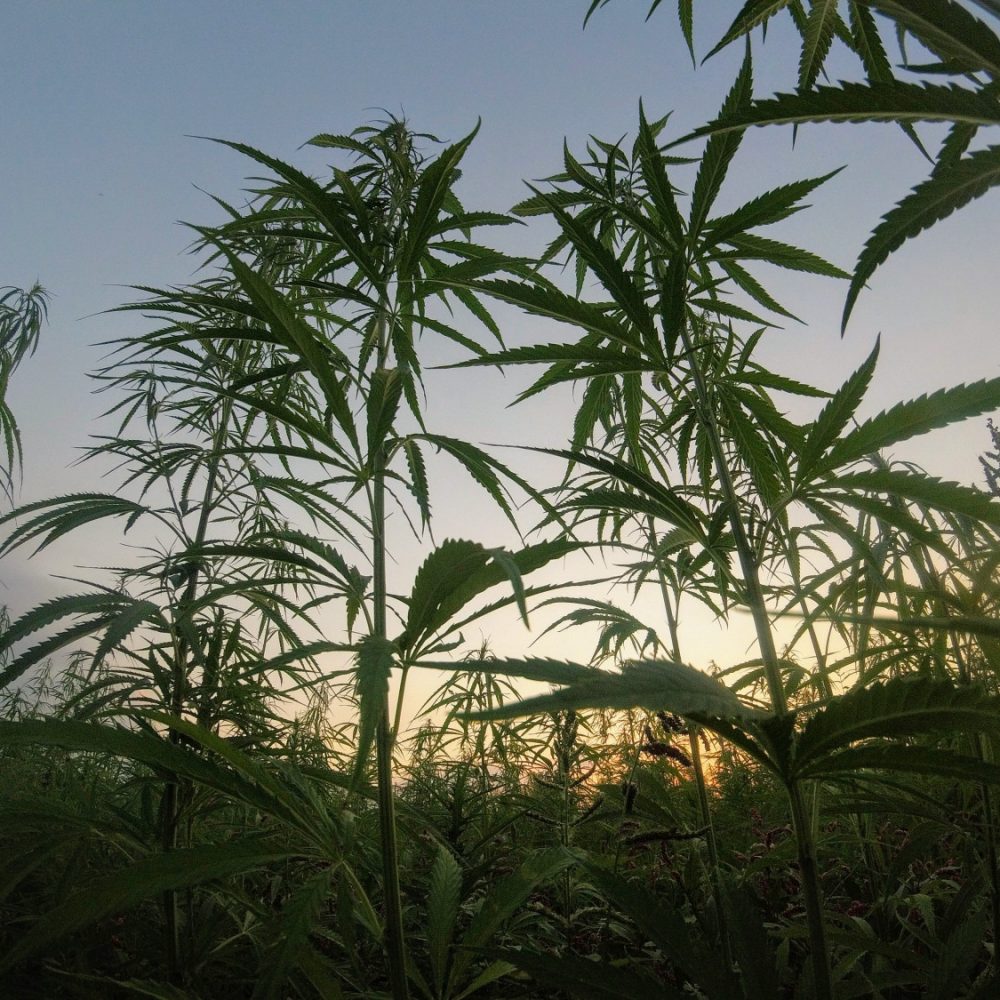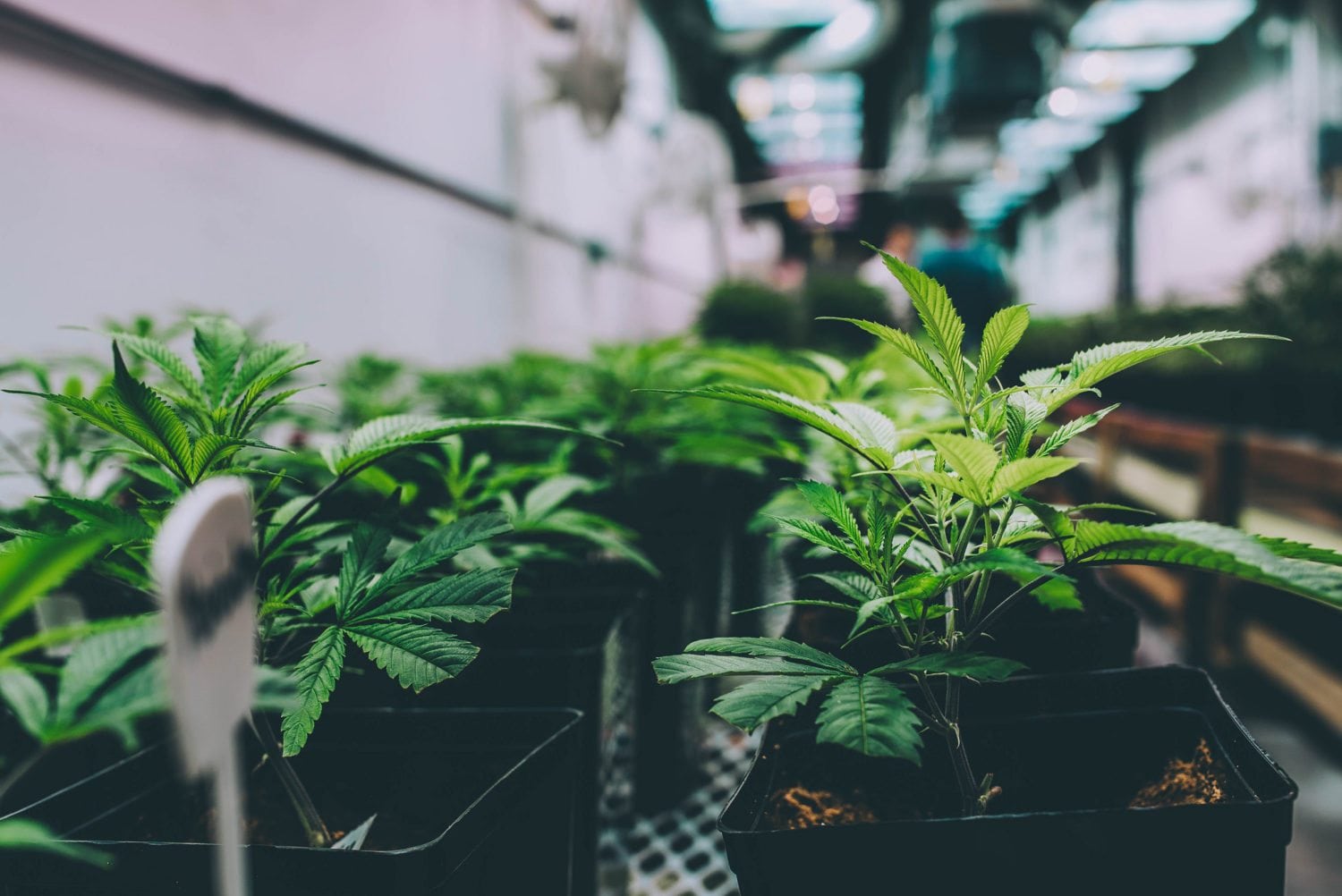The history of cannabis in Texas is a fascinating journey that intertwines cultural, legal, and linguistic aspects. From its early uses by indigenous communities to its controversial status in modern times, understanding the evolution of cannabis in Texas sheds light on the complex relationship between society and this versatile plant.
Long before European settlers arrived, indigenous communities in Texas were already familiar with the medicinal and spiritual properties of cannabis. Native tribes utilized various parts of the plant for therapeutic purposes, religious ceremonies, and even as a source of fiber for textiles.
As Texas became part of the United States, cannabis continued to be cultivated and used for medicinal purposes. In the 19th century, cannabis tinctures were commonly prescribed by doctors to treat ailments such as pain, insomnia, and digestive issues. However, as societal attitudes towards cannabis began to shift, so did its legal status.
From Taboo to Mainstream
In the early 20th century, a wave of anti-cannabis sentiment swept across the United States, fueled by sensationalized media reports and political agendas. Texas, like many other states, enacted laws that restricted the possession, sale, and use of cannabis. These laws laid the foundation for the prohibition era that would last for several decades.
During the prohibition era, the term “marijuana” gained popularity as a way to associate cannabis with Mexican immigrants. This racialized term was used to stoke fear and prejudice, ultimately contributing to the demonization of cannabis in American society. It is important to recognize the historical context and the negative connotations associated with the term.

In recent years, attitudes towards cannabis have begun to shift once again. Texas has seen a growing movement advocating for the legalization of medical cannabis, driven by the recognition of its potential therapeutic benefits. However, the road to full legalization remains a complex and ongoing process, with various legal and political challenges to overcome.
The history of cannabis in Texas is a tale of cultural significance, legal battles, and evolving perceptions surrounding the term marijuana, or marihuana. Understanding the roots of cannabis use in indigenous communities, the impact of prohibition, and the racialized origins of the term “marijuana” provides valuable insights into the complex relationship between society and this versatile plant.
Its origins trace back to Mexico and Central America in the early 20th century. “Marihuana,” the Spanish word for cannabis, entered American vernacular through immigration and cultural exchange.

Its introduction to the United States coincided with increased Mexican immigration during the early 1900s. As cannabis use became associated with Mexican culture, it gained attention and usage among the American population. During this time, racial and anti-immigrant sentiments were prevalent, and the term “marijuana” was purposefully popularized to associate cannabis with Mexican immigrants and to stoke fear and prejudice.
The adoption of the term “marijuana” over other common names for the plant, such as cannabis or hemp, was a deliberate effort linked to political and social motives. In the 1930s, as part of the anti-cannabis propaganda campaign led by Harry Anslinger, the first commissioner of the Federal Bureau of Narcotics, the term “marijuana” was widely used to evoke fear and moral panic.
This strategic choice aimed to demonize the substance by associating it with racial minorities and portraying it as a dangerous and foreign drug, thus justifying strict legal controls and eventual prohibition.
Over time, the term “marijuana” became deeply ingrained in American culture and legislation, shaping public perception and policies surrounding the plant. However, in recent years, there has been a push to use more neutral and accurate terms like “cannabis” to mitigate the negative connotations and historical biases associated with the word “marijuana.”
As the conversation around cannabis continues to evolve, it is crucial to approach it with historical context, scientific research, and a commitment to fostering informed discussions.
Several significant cannabis-related cases have shaped Texas’s legal approach to marijuana.
Important Cases Throughout The History of Cannabis In Texas:
Stanford v. Texas (1969): This case involved a constitutional challenge to the Texas Marijuana Tax Act. The Supreme Court ruled that the Fifth Amendment protection against self-incrimination could be invoked, allowing individuals not to register and incriminate themselves under the act.
Smith v. Texas (2004): This case questioned whether the smell of burnt marijuana alone was sufficient probable cause for a warrantless search. The Texas Court of Criminal Appeals ruled that the smell alone did not constitute probable cause, highlighting the need for additional evidence.
State v. Charles Frederick (2008): Frederick was charged with possession of marijuana. This case brought attention to the legality of the drug, but the court upheld Texas’ marijuana laws, emphasizing the need for legislative change.
State of Texas v. Nenno (2014): In this case, the court discussed the legality of hemp-derived CBD oil. The ruling clarified that CBD oil derived from hemp was legal in Texas if it contained less than 0.3% THC.
Each of these cases has contributed to the evolving landscape of cannabis laws in Texas, influencing discussions about possession, probable cause, and the distinction between marijuana and hemp-derived products.
As of November 2023, Texas has not legalized recreational cannabis. However, the state has allowed for the medical use of low-THC cannabis for certain qualifying conditions. Possession of small amounts of cannabis for recreational use remains illegal and penalties could include fines and potential incarceration.
Laws regarding cannabis can change frequently, so it’s essential to check the most recent updates or consult with legal resources for the latest information on cannabis laws in Texas.
Learn more cannabis history here.








